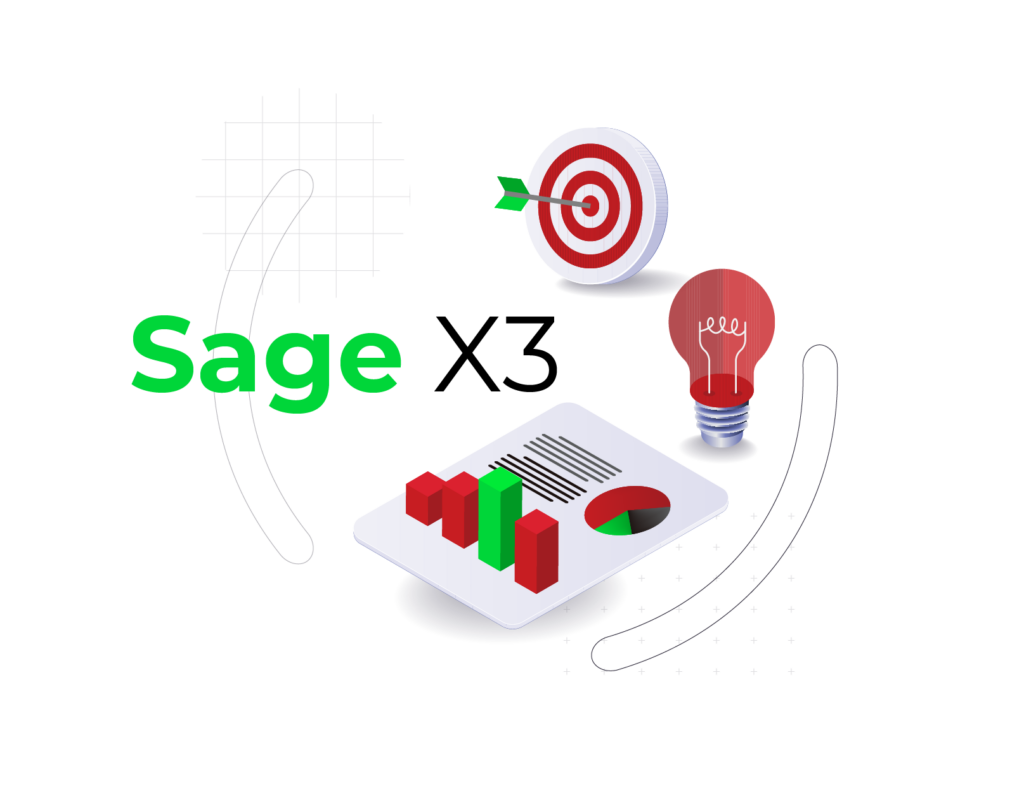Who We Are
Services
Resources
Connect
ISO 27001:2022 and SOC 2 Certified Company
© 2025. Greytrix, All Rights Reserved

Sage X3 ERP is meticulously designed to cater to the unique needs of medium-sized businesses. With AI-driven automation and real-time analytics, Sage X3 streamlines operations, enhances decision-making and provides deep business insights. This modern ERP enables seamless management of crucial modules – Supply Chain, Production, Sales, Finance, Inventory, and Purchasing – in one integrated software solution. Take control of your business with the power of AI in Sage X3!
As a certified Sage X3 Consultant and development expert, we specialize in helping businesses overcome challenges with intelligent automation, predictive insights, and process optimization. Our expertise in development, integration, consultation, migration, and 24/7 support services ensure that businesses fully leverage Sage X3’s powerful capabilities. Our aim is to provide the best experience of the ERP globally, for which, we work closely with our clients to understand their business needs/requirements and recommend the most suitable solution to match.






Over the last 24+ years, Greytrix has built proficiency in delivering Industry-relevant CRM and ERP solutions to suit business needs. We provide end-to-end services for custom development, consultation, implementation and migration needs of robust ERPs (Sage Intacct, Sage X3, Sage 100, and Sage 300) and CRM systems (Salesforce and Sage CRM). With our native cloud connector GUMU™, we seamless Sage X3 integrations with e-commerce, CRM, POS, Payment Gateway and many others.
Let’s automate together!









































© 2025. Greytrix, All Rights Reserved